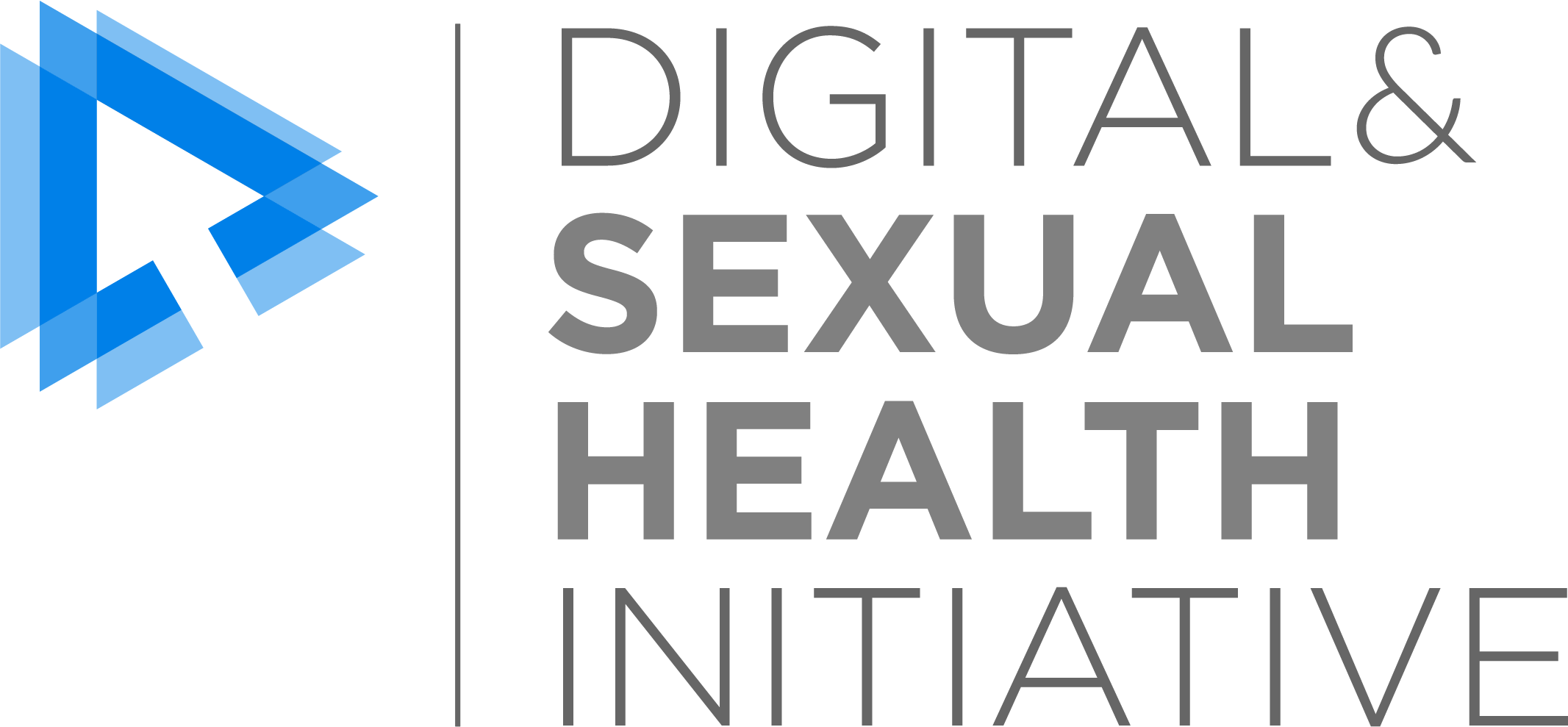Structural digital determinants of health and inequities in access to sexually transmitted and blood-borne infection-related health services
Research theme(s)
Digital Health
Dates
2025-2026
Funding
Canadian Institutes for Health Research
Principal investigator(s)
Mark Gilbert, Sarah Chown
Research team
Devon Haag, Jennifer E Jones, Mo Korchinski, Sofia Bartlett, Lorie Donelle, Ihoghosa Iyamu, Catherine Worthington.
The health care system has been digitally transformed as digital health services are increasingly becoming a first point of access. Recently though, researchers have drawn attention to the unintended effects of this shift, as people with lower digital literacy or access to the internet are less likely to benefit. What hasn’t been well researched is looking upstream at the factors that also drive these inequities such as policies or infrastructure at a community and health system level (called structural digital determinants of health, or StDDOH). This is particularly important for populations affected by sexually transmitted and blood-borne infections (STBBI), where digital health services are often seen as a way to overcome barriers related to stigma or privacy concerns, yet these structural digital determinants of health can play a big role affecting how people access STBBI prevention, testing, treatment, and care. Our goal for this grant is to shed light on the pathways by which these StDDoH affect access to STBBI services in British Columbia. First, we will conduct focus groups with providers to look at how StDDoH affect how community-based organizations provide services to historically and socioeconomically marginalized populations disproportionately affected by STBBI. Second, we will conduct interviews with clients of our two main community partners (Ribbon Community and Unlocking The Gates) to look at how StDDoH affect their access to STBBI services. Finally, we will compare and synthesize findings across both studies to describe pathways by which StDDoH affect access to STBBI services and hold community dialogues to identify priorities for action or future research. We will carry out this research in an integrated way with community organizations and people affected by STBBI. We hope the findings from our research will help to shed light on the influence that StDDoH play in access to STBBI health services and ideas for how to mitigate these effects.
